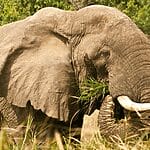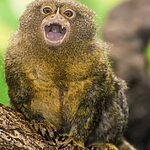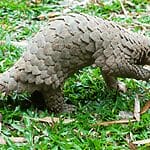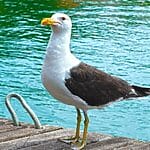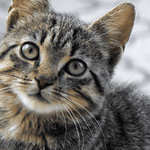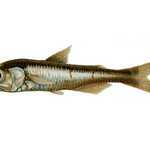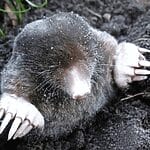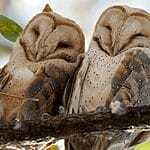Many animals rely on ants as a significant food source, despite their small size and tough exteriors. But why would any creature go through the trouble of catching these tiny, resilient insects? For many species, ants offer a high-protein, nutrient-packed meal, but getting to them isn’t always easy.
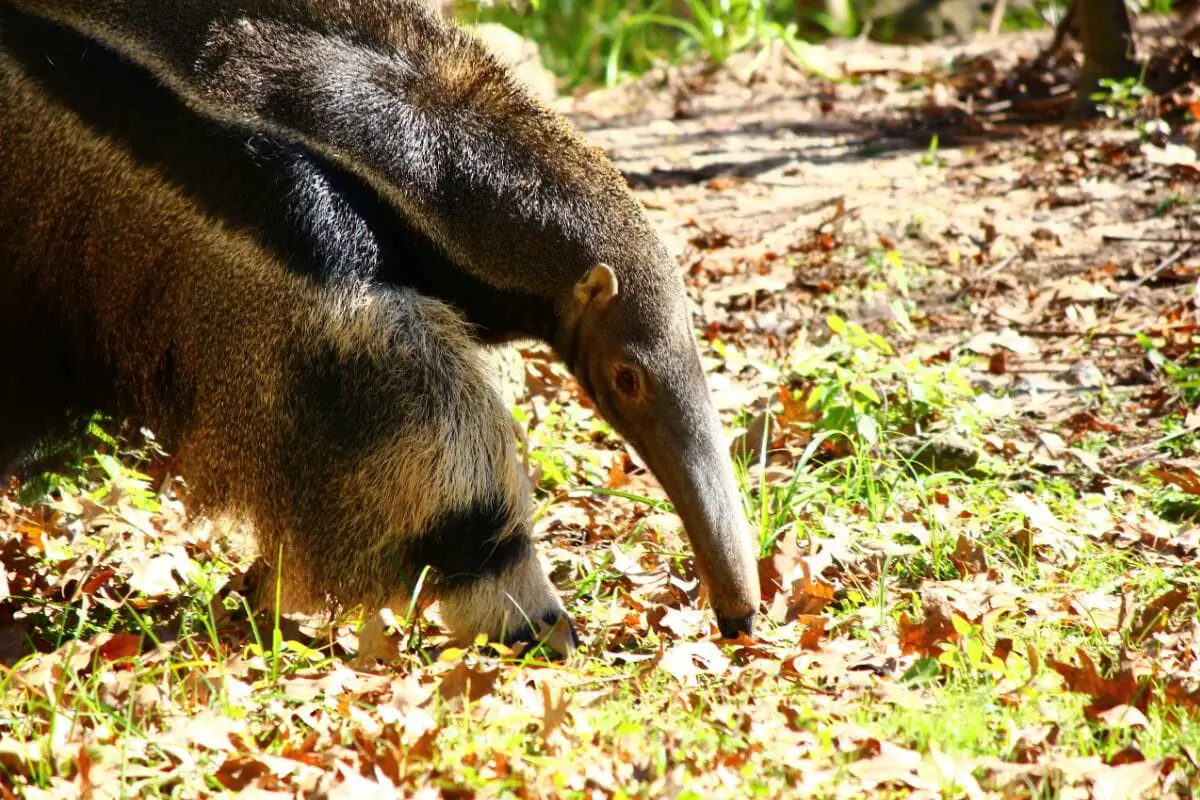
Animals that specialize in ant-eating often face a range of challenges, from avoiding bites and stings to accessing ants hidden deep within colonies. Overcoming these obstacles requires unique adaptations—sharp claws, long tongues, and specific hunting techniques—setting these creatures apart from other insect-eaters.
In this guide, we’ll explore which animals have adapted to feed on ants and uncover how they’ve become expert ant-hunters. Plus, we’ll highlight one incredible species known for its ability to consume thousands of ants in a single meal.
Aardvarks
These mammals are incredibly similar to anteaters, with short bodies and long claws. Aardvarks will use their long claws to dig into the ground around the anthill, and will place its snout on the hill.
Using its tongue, it will then pull the ants out of the hill so they can devour them whole.
Antbird
There are a variety of different antbirds located in Central and South America. Named for their diet on small insects including ants and termites, they will use their long beaks to catch insects.
They may either wait for insects to climb trees, or even swallow them whole as they swoop to grab them from the ground. However, they have also been known to put their beaks into anthills and pull out the ants to consume.
Anteater

When you think of animals who eat (see also: Animals That Eat Humans) ants, then the anteater is most likely the top choice on your list. These mammals are native to South and Central America, and have a long nose and a long tongue.
They will search for anthills, and when they find one, place their nose inside and pull ants out with its tongue. Within minutes, these mammals can wipe out an entire anthill.
Antlion
Partially named for their diet, the antlions are larger insects that will ants and other smaller insects. To catch their prey, they will build pitfalls for the ant to fall into.
At the bottom of each pitfall is an antlion, who will wait patiently for each ant to fall into their mouths.
Antpittas
These small birds are found throughout both the South and Northern parts of America, and share many similarities with antbirds. They have both long legs and short tails, and have brightly colored feathers that can help them blend into their environment.
Once they are hidden, they will pull ants from their anthills, or snatch them as they’re searching for food.
Assassin Bugs
Named for their ability to kill other insects, the assassin bugs will kill other insects to feed off of. Ants are a personal favorite of theirs, and so the assassin bug will wait for ants to leave their anthill.
To camouflage itself, it will cover itself with the body of dead ants, and then use its mouth to inject into any other ants that cross its path.
Bears

Not every bear will eat ants, but there are two specific species that are known for it. The American black bear will eat a large number of ants, including ant larvae, as part of its omnivorous diet.
Along with ants, the American black bear will also eat ants if they are clinging to other foods that they are about to eat. Another notable bear with ants in its diet is the sloth bear.
Named after the sloth, they are known for being slow compared to other species of bear. Like the sloth, they have large claws, and with these large claws, they will dig through the ground until they find an ant colony.
Once they’ve found a colony, they will eat the ants by scooping them up with their paws.
Blind Snakes
Found around the world, blind snakes will use their scent glands so that they can track ant trails. By following these trails, these coin-sized snakes will locate the colony and devour all of their ant eggs.
Even if there is only one blind snake, it will be able to devour a complete nest of ant eggs.
Brahminy Kites
These birds can be found in both Asia and Australia and will actively hunt for ants. Brahminy kites may either hunt solitarily or in groups, however, when they work in groups, they will only be able to consume one ant at a time.
Unlike antbirds, they don’t have long beaks, so they will use their wings to bring the ants to their mouths. When they eat ants, it will look as though they are grooming their wings.
Caterpillars
When caterpillars are searching for leaves and other vegetation to consume, they may also eat ants attached. They won’t actively hunt for ants, but they will often eat them if the ants are in the wrong place at the wrong time.
Coyotes
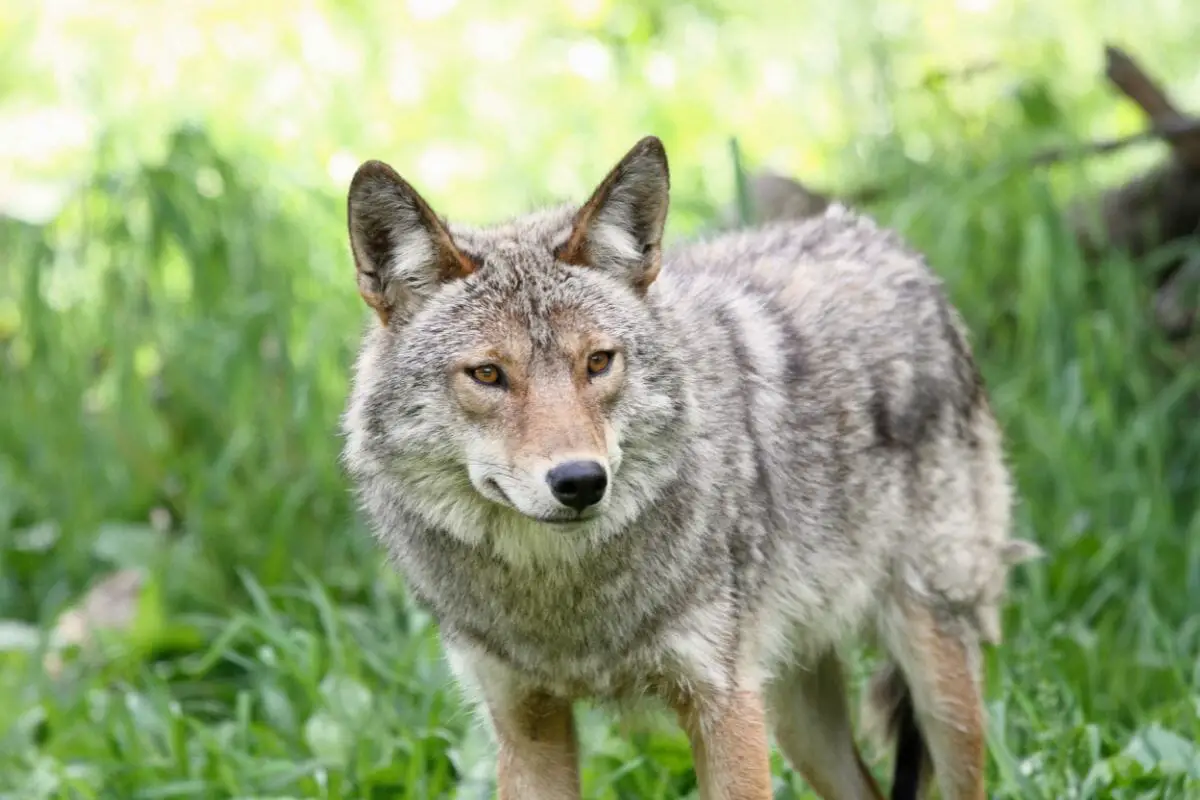
These canines are known for being omnivores, and will eat a variety of meats and vegetables. Although they prefer larger prey if they can’t find their usual source of protein, they will choose to eat ants instead.
However, ants are not their natural prey, so they will only eat them as a last resort.
Flickers
As a part of the woodpecker family, you can find flickers in both North and South America. They will actively hunt for ants, and will often catch them as they return to the anthills.
However, even when the ants return to their anthills, that won’t mean that they are safe, as their beaks are long enough to dig into the hills.
Flies
There are many different types of flies who will eat ants, with adults and infants consuming them. In some cases, the female fly will lay their eggs on living ants that will carry these eggs until the larvae hatches.
Once the larvae hatches, it will eat the ant’s brain, and sometimes, its entire body. Hatching eggs on a fly is less horrifying than the phorid fly’s method.
They will catch ants and lay their eggs inside of the ant, and when they hatch, they will eat the ant’s brain and take over their body. Baby phorid flies will then live in the ant’s body until they outgrow it.
Horned Lizards
These reptiles can be found in both Central and North America, with their name being attributed to their horned scales. Horned lizards have long tongues which they will shoot into a hill, and the ants will then stick to the tongue for the lizard to eat them.
Narrow-Mouthed Toads
You can find these toads in Asia, Africa, and North America. They are named for their thin, tight mouths. Narrow-mouthed toads will use their eyes to track their ants, and then collect the toads with their long tongues.
Pangolins
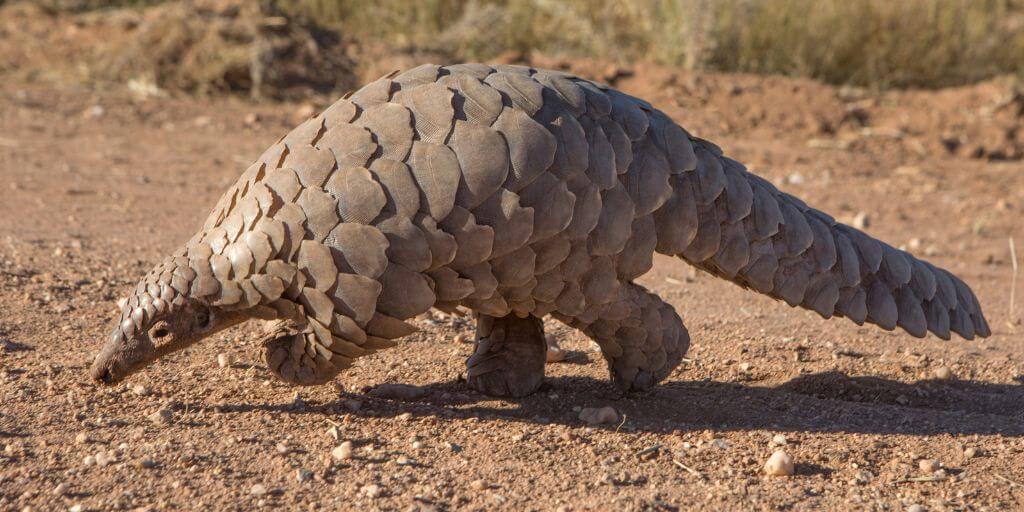
If you’ve seen a pangolin, you’ll know that they have often been mistaken for anteaters. They are covered in hard, thick scales. Using their hard tails and claws, they will dig into trees and the ground to find termites and ants to consume.
Poison Dart Frogs
These frogs have toxic alkaloids in their system which they get from consuming ants. Previously, it was believed that poison dart frogs produced these themselves.
However, it was eventually revealed that it was because of the large amount of ants in their diet that contributed to the toxins.
Raider Ants
As we mentioned earlier, there are some other species of ants that will also eat other ants. One of the most notable examples of this is raider ants. Raider ants will invade the nests of other ants, and then take any food and larvae.
These raider ants will bring the food they’ve stolen back to their own colony, with this food being used to feed the pregnant ants in their colony.
Ravens
We’ve found that ravens will hunt in a passive way to robins, and so they will use their wings to force the ants out of their hill.
Once they’re out of the hill, the ants will climb onto the wings of the raven and climb on its body, allowing the ants to be leisurely consumed.
Robins

As we mentioned, ravens and robins hunt ants in a passive manner. They will sit on the anthill and rub its wings onto the hill to lure the ants out. Once the ants have left the hill, the robin will consume them.
Sparrows
While sparrows will normally follow a herbivorous diet, they will also feed on ants if they have the opportunity. While they would normally eat foods and grains, they will eat ants if they find them in a large group in the open.
Spiders
There are a variety of different types of spiders such as wolf and jumping spiders who will hunt ants. Wolf spiders will inject its venom into the ant through its fangs.
Much like jumping spiders, they generally attack at night and will inject their own venom into the ant.
Woodpeckers
These birds are active hunters of ants, and they will use their wings to catch ants. They will then scoop the ants with their wings, and drop the ants into their waiting mouth.
Armadillos

Armadillos are unique creatures with armor-like shells that serve as protection and as an adaptation to their digging lifestyle. These mammals have a diet rich in ants and other invertebrates, with some consuming up to 40,000 ants daily.
Their sharp claws help them dig into ant mounds, while their long, sticky tongues are ideal for capturing ants from narrow tunnels. Armadillos also eat fire ants, which are typically difficult to manage, making them valuable for controlling ant populations.
Additionally, their digging aerates the soil, contributing to environmental health.
Snails
Certain snail species exhibit surprising adaptability by occasionally eating ants, even though their primary diet consists of plant material. In specific ecosystems, some snails will scavenge or opportunistically consume ants when the opportunity arises.
However, this behavior is not common among all snail species. Interactions between snails and ants vary, as some ants prey on snails or their eggs, influencing snail population dynamics.
While ant consumption is rare for snails, this adaptability demonstrates their ability to survive in diverse environments.
Beetles
Beetles are an exceptionally diverse group, and certain species are specialized ant predators. Some beetles prey on ants as both larvae and adults, using ambush tactics or direct predation to capture them.
Beetles that consume ants contribute to controlling ant populations within ecosystems, aiding in biodiversity balance. Some ant-eating beetle species have evolved unique defenses, such as chemical deterrents, allowing them to coexist with aggressive ants.
This interaction shows how beetles fulfill essential ecological roles through both predation and adaptation.
Starlings

Starlings are opportunistic birds that feed on a variety of insects, including ants. They often target ant swarms, especially during mating periods, allowing them to capture large quantities of ants in a short time.
This efficient foraging strategy supports the birds’ dietary needs and aids in managing insect populations in the environment. Starlings thrive across various habitats, demonstrating flexibility in their feeding behavior.
By consuming ants and other insects, starlings contribute to the ecological balance, supporting both pest control and biodiversity.
Fireflies
Fireflies, famous for their bioluminescent glow, are also notable predators, particularly during their larval stage. Firefly larvae consume a range of small insects, including ants, using enzymes to immobilize and digest them.
This predatory behavior plays an important role in maintaining insect population dynamics, as they help keep certain insect species, like ants, in check.
Beyond their visual allure, fireflies contribute significantly to ecosystems by controlling insect numbers, illustrating their dual role as both predators and natural wonders.
Bluebirds

Bluebirds are insectivores, including ants in their diet to meet protein needs, particularly during breeding seasons. These birds forage on the ground, catching ants and other small insects as part of their daily intake.
By consuming ants, bluebirds support pest control, aiding in ecosystem balance. Their role highlights the connection between bird species and terrestrial ecosystems, as they help maintain ecological stability.
Bluebirds’ feeding habits underscore how insect-eating birds contribute to healthy habitats by naturally regulating insect populations.
Final Thoughts
Many animals rely on ants as a primary food source, utilizing unique skills and adaptations to access these small but nutrient-dense insects.
For instance, aardvarks, anteaters, and pangolins use specialized claws and long tongues to dig into ant mounds, allowing them to capture large quantities quickly. Birds like antbirds and flickers have also evolved methods to pluck ants from their nests or grab them in flight.
Additionally, creatures such as assassin bugs and certain beetles demonstrate fascinating hunting techniques, effectively preying on ants to balance local ecosystems. These animals play essential roles in pest control and biodiversity, helping to regulate ant populations naturally.
Through these various strategies, each species exemplifies how adaptation to specific diets can drive evolution and shape ecosystems, showcasing a remarkable intersection of survival and environmental balance.
FAQs
How Do Spiders Capture and Eat Ants?
Spiders like black widows and jumping spiders prey on ants by trapping them in webs or ambushing them. They inject venom to paralyze the ants, allowing them to feed safely. This process makes spiders significant in controlling ant populations by reducing their numbers effectively.
Can Fungi Consume Ants?
Certain fungi can infect ants, taking over their bodies and influencing their behavior to spread fungal spores efficiently. This unique process allows fungi to regulate ant populations within ecosystems, showing the intricate relationships between fungi and insect species in nature.
Do Any Insects Eat Ants?
Yes, several insects, such as antlions, phorid flies, and specific beetles, prey on ants. Antlions set traps for ants, while phorid flies lay eggs that hatch and consume ants from within. Certain beetles also hunt ants as part of their diet, showcasing predatory diversity.
Can Other Ants Be Predators of Ants?
Yes, some ant species prey on other ants. Species like army ants and raider ants raid other colonies for food and larvae, displaying cannibalistic behavior. This predation helps control ant populations and highlights complex interactions within ant communities.
- What Should I Do If A Koala Bites Me? Safety Guide - 2024-05-30
- Are Kangaroos Born Without Hind Legs? A Fascinating Journey - 2024-05-30
- Animals That Look Like Squirrels - 2024-05-30

